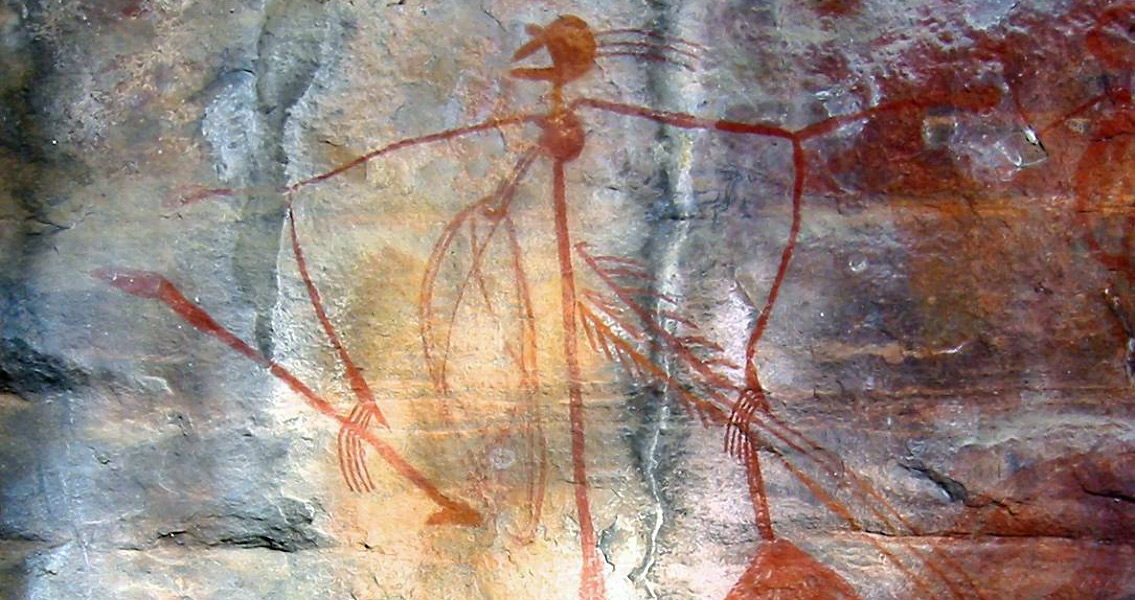<![CDATA[Results from DNA analysis have shown that Aboriginal people have continuously populated the same Australian regions for as long as 50,000 years. The findings are the first comprehensive genetic map of Aboriginal people in Australia before the arrival of Europeans, and the first results of the Aboriginal Heritage Project being led by the University of Adelaide's Australian Centre for Ancient DNA (ACAD), working with the South Australian Museum. Researchers analyzed the mitochondrial DNA taken from 111 hair samples which were collected during anthropological expeditions in Australia between 1928 and the 1970s. Maternal ancestry is traced through Mitochondrial DNA and the findings indicate today's Aboriginal Australians are descendants of a single population founded in the country 50,000 years ago, at which time Australia and New Guinea were still connected. Within 2,000 years the Aboriginal populations had spread around west and east Australia and met in South Australia. "Amazingly, it seems that from around this time the basic population patterns have persisted for the next 50,000 years -showing that communities have remained in discrete geographical regions," Professor Alan Cooper, project leader and director of ACAD is quoted as saying in an article published by Popular Archeology, adding, “This is unlike people anywhere else in the world and provides compelling support for the remarkable Aboriginal cultural connection to country. We’re hoping this project leads to a rewriting of Australia’s history texts to include detailed Aboriginal history and what it means to have been on their land for 50,000 years – that’s around 10 times as long as all of the European history we’re commonly taught.” This research is the first phase of a 10-year project intended to allow people to trace their Aboriginal heritage and regional ancestry in order to construct a family genealogical history. Additionally, it will also help with the return of Aboriginal artifacts. “Aboriginal people have always known that we have been on our land since the start of our time,” said Mr. Lewis O’Brien, a Kaurna Elder who was among the original hair donors and is a member of the study’s advisory group. “But it is important to have science show that to the rest of the world. This is an exciting project and we hope it will help assist those of our people from the Stolen Generation and others to reunite with their families.” The research will be further extended to study paternal Aboriginal lineages and obtain additional information in the nuclear genome. Team member Dr. Ray Tobler, a postdoctoral researcher who has an Aboriginal heritage from his father’s side, was granted an Australian Research Council (ARC) Indigenous Discovery Fellowship to continue the AHP research, and investigate how the longevity of the Aboriginal populations in various habitats in different regions of Australia has helped form the amazing physical diversity found in today’s Aboriginal Australians. The research findings have been published in the journal Nature. ]]>
New Study Traces Aboriginal Ancestry Back 50,000 Years
